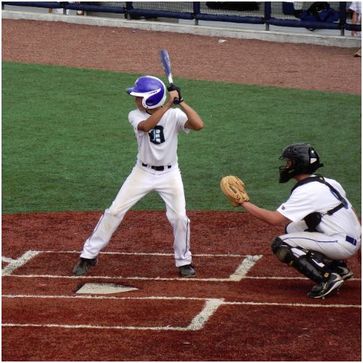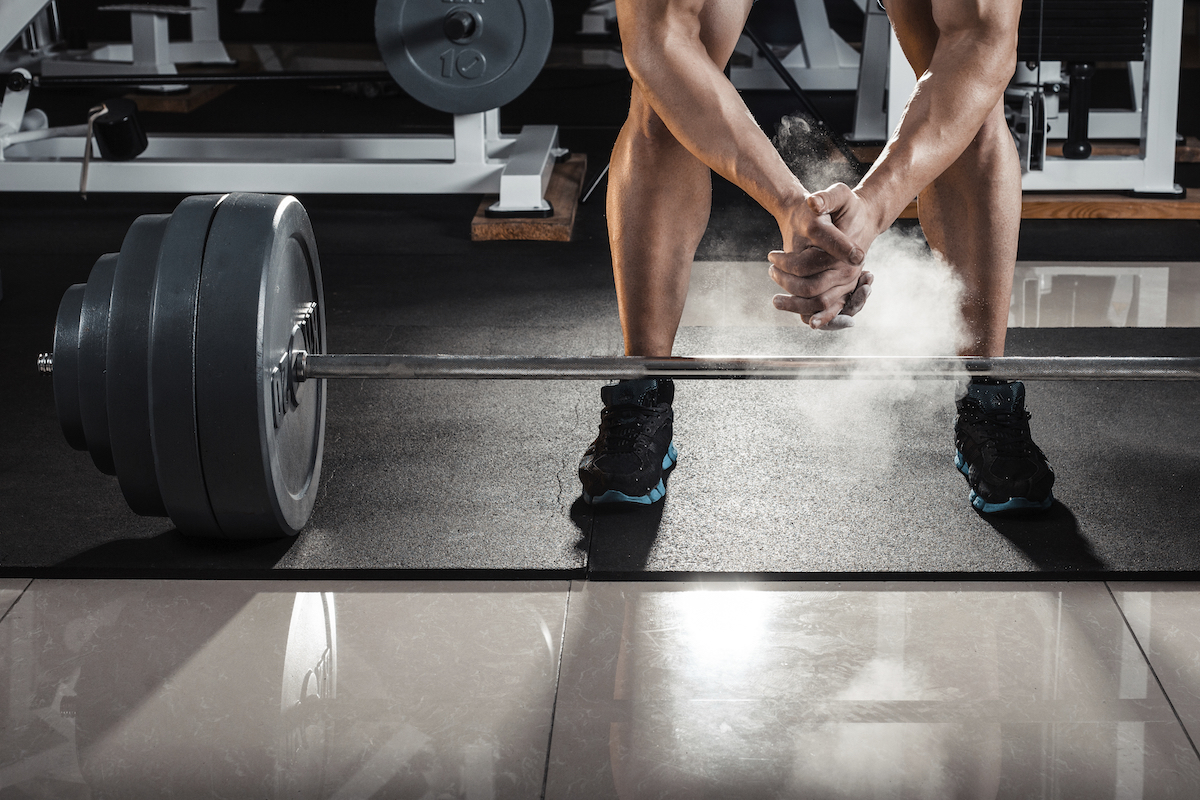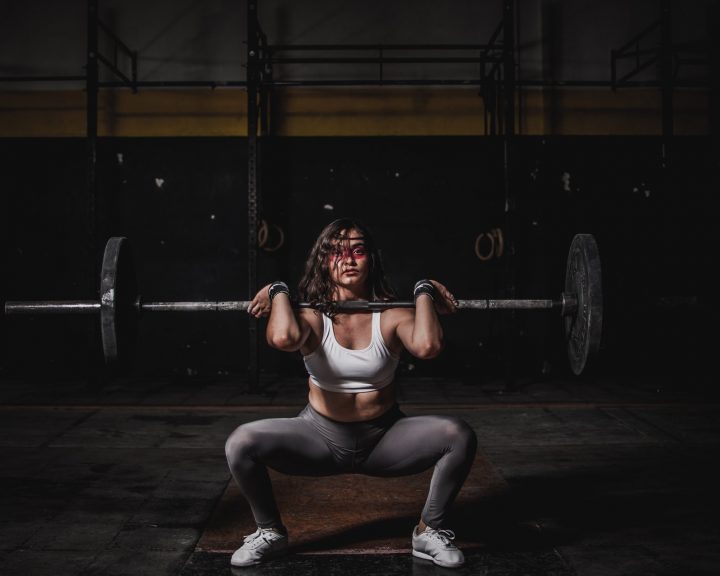As I write this on November 11, my youngest sons are finishing up fall baseball this week. The first day of real winter weather hit today, plunging the temperatures in North Texas to the 20’s. All that means that we are just about in pre-season mode for baseball.
Didn’t I just say that it was November and winter? Yes, but that still means we’re close to the baseball season. In Texas high school sports, baseball can begin practicing on January 31. That means that as of today we’re 12 weeks out from the start of serious baseball (interschool games can begin February 24).
So with that in mind, this blog is going to address the strength, conditioning, and skill needs of those twelve weeks.
Strength and Conditioning:
Baseball players need a strength and power foundation. This means strong legs, a strong core, enough upper body strength that the lack of it doesn’t hold the athlete back, and the ability to apply all that strength. This program will be divided into three blocks of training. The first two blocks will be three weeks long each, the last block will be five weeks long.
Block #1: November 11 to December 1.
This block will run through Thanksgiving. Thanksgiving week is not a week off, though the days during which the athlete trains may shift. This training will involve three days a week of training organized as follows:
Day One: total body strength. The philosophy here is that strength needs to be focused on weekly in order to be developed. This will be the heaviest training of the week. Athletes will perform three working sets of each exercise at four to eight repetitions with 80-85% of maximum (80% first week, 82.5% second week, 85% third week).
I recognize that there is controversy about presses and baseball players. I like close grip bench presses and rows to help mitigate any potential rotator cuff issues, so you’ll see those included here.
Day Two: power. The idea is that the first day of the week primes the nervous system with the heavy training. So, this day takes advantage of that priming and applies it with a total body power workout. I like the Olympic lifts for this application. Athletes will perform three working sets of each exercise at three to six repetitions per set with 60-70% of maximum (60% first week, 65% second week, 70% third week).
Day Three: hypertrophy. This is where a lot of bodyweight, single leg, and dumbbell work with higher repetitions and less rest will be done. There should be three sets per exercise with 8-15 repetitions per set.
Sample Workouts for block one:
Day one: Back squats, trap bar deadlifts, close grip bench press, close grip bent-over rows, standing military press
Day two: Snatch pulls, power clean, push jerk, jump squats
Day three: Front squats, lunges, one-leg dumbbell hip hinge, dips, pull-ups, 3-in-1 shoulders (front, side, rear deltoids)
Speed training and plyometrics should take place on strength training days. This is to ensure that the athlete is able to recover from the workouts and helps to align the training by qualities and energy systems. With that in mind:
Day one: acceleration focus. The athlete should completely warm up for speed training (mobility exercises, bodyweight hamstring exercises, technique drills at lower intensity) and then work on 20-30 meter sprints. At this phase there isn’t a need to do more than 3-6 good ones with complete recovery between each one.
Day two: plyometrics. We need to really focus on correct landing mechanics especially early on. Each repetition of a plyometric needs to be distinct and an all out effort. The focus here should be on simpler vertical jumps, standing long jumps, bounds, and total body medicine ball throws. No more than ten quality repetitions for each one with complete recovery in between.
Day three: maximum velocity focus: Again, the athlete needs to focus on warming up prior to these sessions. The focus should be on longer sprints (40-80 meters) with complete recovery in between each sprint. No more than three to five a session.
Block #2: December 2 to December 22
This block ends the week before the Christmas holidays. Whether we want them to or not, most athletes are going to take this week off so we might as well just factor that into the training. This training will continue the three-day-a-week focus. The exercises will be changed some and the training will be a little heavier than during the first block. Speed and plyometrics will remain the same.
Day One (total body strength emphasis): These workouts will go up to 87.5% of maximum, so sets of three to eight repetitions per set. The first week will be at 82.5%, second week at 85%, and the third week at 87.5%. Exercises for this workout will be box squats, Romanian deadlifts, close grip incline presses, one-arm dumbbell rows, and kettlebell presses.
Day Two (power emphasis): These workouts will range from 65-75% of maximum, so sets of three to six repetitions. The first week will be at 65%, the second week at 70%, and the third week at 75%. Exercises for this workout will be snatch pulls, 3 position power cleans (first rep is at above the knee, second rep at the knee, third rep is below the knee), split jerks, and squat jumps.
Day three (hypertrophy emphasis): These workouts remain at eight to fifteen repetitions per set. Exercises for this workout will be split squats, step ups, good mornings, dumbbell bench press (with a neutral grip), chin ups, and 3-in-1 shoulders.
Block #3: December 30th to February 2nd
This block is five weeks long. The idea is to peak strength and power heading into the season. This is the last five weeks before official, organized practices begin. With that in mind, the athlete will be training four times a week on strength, speed, and power. Training will be divided up as follows:
Day One: total body strength emphasis. Exercises will include back squats, deadlifts, floor presses (close grip), dumbbell rows, and seated military presses. Weights will go up to 90% during this phase, with the last two weeks taking a wave loading approach on the squats. Week one will be 80%, week two 82.5%, week three 85%, week four 87.5%, and week five 90%. Repetitions will range from two to eight per set depending upon the load.
The last two weeks will see wave loading on the back squat. There will be two waves. During weeks four and five, the workout will look like:
Wave 1: 6×80%, 4×82.5%, 2×87.5%
Wave 2: 4×85%, 2×87.5%, 1×90%
Day Two: power emphasis. Exercises will include power cleans, clean pulls, push jerks, and squat jumps. Weights will range from 60-80% of maximum (beginning at 60% the first week, progressing to 80% the last week) with the repetitions ranging from three to six per set.
Day Three: total body strength emphasis. Exercises will include split squats, one-leg hip hinges, dips, chin ups, and kettlebell presses. Weights will go up to 85% during this phase. Week one will be 80%, week two will be 82.5%, weeks three through five will be 85%. Repetitions will range from eight reps per set to four reps during the last three weeks.
Day Four: power emphasis. Exercises will include snatch pulls, split cleans, one-leg dumbbell cleans, and split jerks. The intensity will range from 60-70% with three to six repetitions per set.
Speed and plyometric training will align with the strength training and will be conducted on the same days as the strength training:
Day One: acceleration emphasis. After a thorough warm up the athlete will perform resisted sprints for 5-10 meters. Then the athlete will perform 20 meter sprints. No more than three to five of each type of sprint.
Day Two: plyometric emphasis. The focus for this day will be on vertical power. This means vertical jumps, jumps onto a box, and total body medicine ball throws. No more than ten jumps per exercise with complete recovery.
Day Three: maximum velocity emphasis. After a thorough warm up, the athlete will perform 20-30 meter resisted sprints followed by 60-80 meter sprints. No more than three to five of each.
Day Four: plyometric emphasis. The focus for this day will be on horizontal power. This means standing long jumps, triple jumps, and jumps over multiple hurdles/boxes. No more than ten jumps per exercise with complete recovery.
Sport Skills:
There was a time when an athlete could step away from the sport, do other things, and then pick it up again when organized practices start. Unfortunately those days are long gone and any athlete that does that today will fall behind their competition. So, this twelve week block of training is an important time for tuning up to get ready for the season in terms of sports skills.
I’ll begin this section covering generic baseball skills and then talk a little about pitchers and catchers. I’ll start by saying that this is all going to work best with a partner. Not only is that important for team building, but it ensures that you are used to baseball skills with other people – which is how the sport is played.
Hitting:
This is the time to fix issues with the swing. There’s generally a progression for working on hitting. First, the athlete focuses on their swing by hitting the ball off the tee. Second, this is applied to moving baseballs by having someone “soft toss” the ball (i.e. a gentle underhand toss towards the batter). Third, this is applied by having someone throw the baseball to the hitter.
Now, in season I like to have pitchers pitch during batting practice. This is because no one throws meat pitches in games (i.e. perfectly thrown pitches to the middle of the strike zone) so we do our athletes a disservice when we focus on that in batting practice.
We don’t all have pitchers to throw to us during this part of the season. So this is where a pitching machine would be helpful. These have pros and cons. The cons are that we don’t get used to seeing the baseball leave a pitcher’s hand. However, we do get to practice hitting at different velocities so this is fine during this part of the year.
Hitting should be done twice a week going all the way through soft toss on both days. One of the days should focus on either someone throwing hard or using a pitching machine.
Pitchers:
If we haven’t spent the off-season with lessons or working on a new pitch, this is the time to begin picking up the baseball again. However, I’m not yet ready to begin pitching at full speed during this time. At this stage I would focus on two sessions a week. The first session would focus on building our strength for pitching and should revolve around the long toss. The second session should focus on playing catch, but done working on the different pitches (i.e. play catch with the change up grip, curve ball grip, etc.).
Catchers:
This is a great time to begin working on the parts of a catcher’s game that no one notices unless they go wrong. This time of year we can be working on the catcher’s ability to block, their ability to pop up and throw to the bases, and their ability to control the game via their signs and awareness. The catcher will need a partner for all of this, but this would be something that can be done twice a week.



